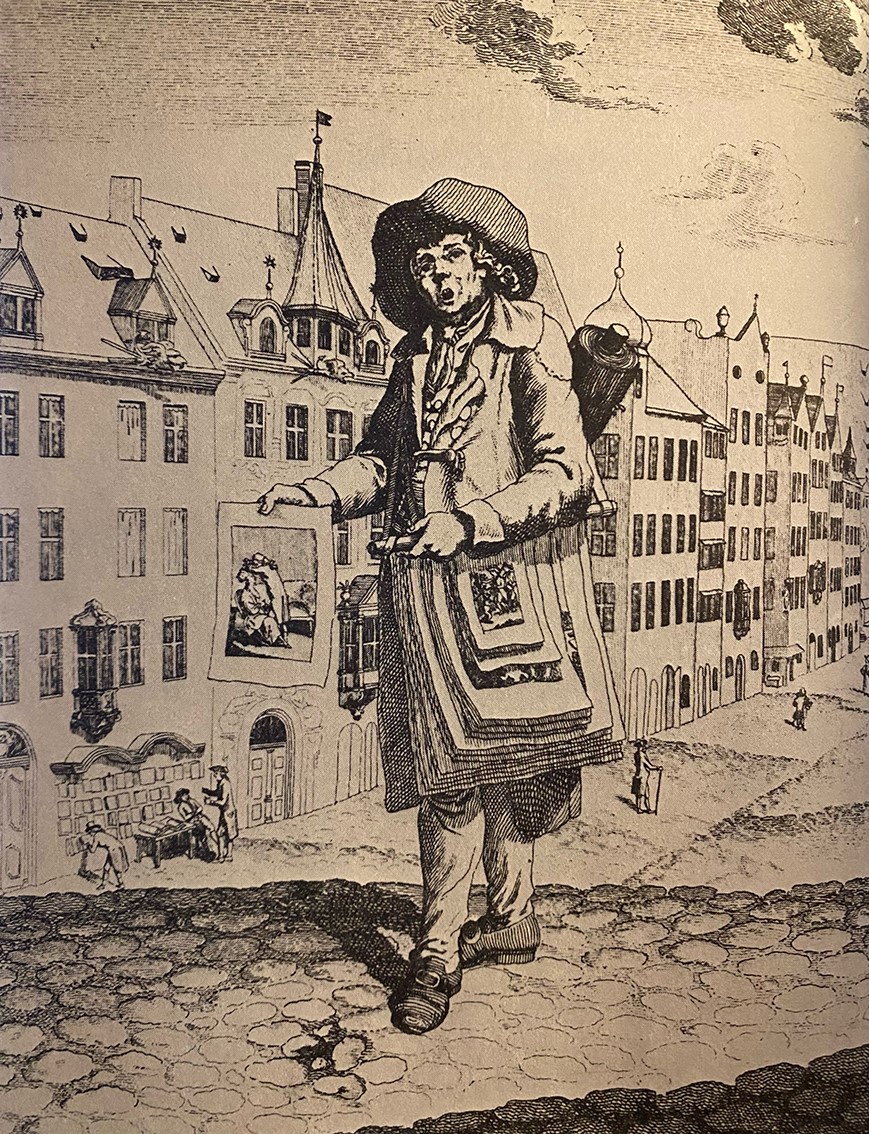

Taking a closer look at Street Literature, one section of The Frank Brewer Cornish Library, at our Lanner saleroom on 25th & 26th May
The Frank Brewer Cornish Library is a treasure trove of fascinating and valuable books, many of great antiquity, with lavish bindings of calfskin and gilt, most in immaculate condition. These books were written by and for, the elites of society; scholars, noblemen, church dignitaries, merchants and gentlemen with private libraries. The average man in the street could not afford to purchase such a fine object, yet they were literate.
So what did they read?
Well, this leads us to the fascinating area of ‘Street Literature’, and this came in the form of ‘broadsheets’ or ‘broadsides’. Broadsides and broadsheets democratised literature, making reading available to every person, not just the wealthy man in his library.
Originally broadsides were single sheets of paper printed on one side only. They were chiefly textual rather than pictorial, and were printed to be read unfolded and posted up in public places, and later handed out in the street.
At first they were used for the printing of royal proclamations and official notices. Later they served as a vehicle for political agitation and what is now known as 'popular culture' such as ballads, scaffold speeches, accounts of grisly murders and much more, they provided news, diversion, fantasy and political stimulus.
They were the most common forms of printed material between the sixteenth and nineteenth centuries, and for almost 300 years until the mid-19th century, they filled the role which is today provided by the tabloid press.
Broadsides were sold on the street by hawkers and pedlars — street performers in their own right — and cost a halfpenny or a penny. 'Broadside' is a term now applied to a variety of single sheets, printed on one or both sides.

‘Broadsheets’ or ‘broadsides’ were printed on the cheapest material available, they were entirely ephemeral and intended to be thrown away.
Their throwaway nature has meant that very few have survived and subsequently it is an area literature that until recently, had not been well studied. Excepting Chaucer, Shakespeare and Dickens, who all bridged the gap between the classes; the history of literature has been mostly defined by ‘great works’ that were only read by a minority of the population.
And yet, street literature was hugely important to the poor and the working classes. We tend to consider today’s social media, and its rapidly changing, ephemeral nature, as an entirely new phenomenon. In reality, ever since the average man in the street gained the power of literacy, we have had a voracious appetite for news and gossip and by the 1600s there were plenty of printers supplying the necessary material.
We are fortunate that Brewer has collected books of great gravitas but also this street literature, which by its very nature was designed to be read and thrown away.
Which makes the collection of broadsheets in the Frank Brewer Library so remarkable. That they have survived at all is a marvel, and that Brewer has managed to acquire so many in good condition is extraordinary.
The Frank Brewer Library deals spectacularly in a broad range of Cornish related material, but these very affordable small slices of local history provide a fascinating insight into the daily lives (and often grisly deaths) of our ancestors.
The entire auction of 800 lots can be viewed at our Lanner saleroom on
Saturday 20th May, 9am to 1pm.
Monday 22nd, Tuesday 23rd and Wednesday 24th May from 9am to 5pm.
The news, history and stories behind our art and antiques